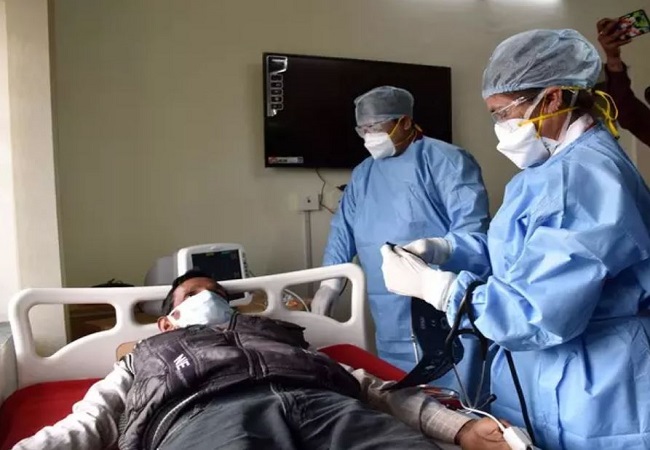
Coronavirus epidemic: Dr KK Aggarwal suggests guidelines for paramedics, health professionals
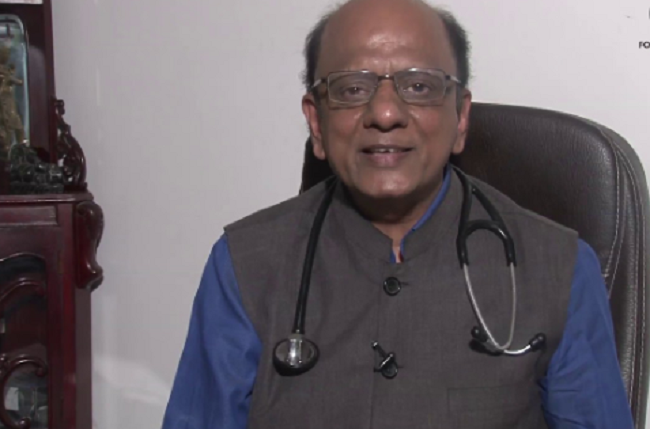
— By Dr KK Aggarwal
576: How many healthcare workers have been affected in USA ?
At least 9,282 health care workers in the U.S. have contracted the coronavirus in a two-month period, leading to 27 deaths, according to a report released Tuesday by the Centers for Disease Control and Prevention.
577: How to detect myocardial involvement in COVID 19 patient ?
Cardiac troponins by high-sensitivity assays (hs-cTn) should be considered “an ally and a crucial diagnostic and prognostic aid” during the COVID-19 pandemic.
The tests can be used to “inform the triage of patients to critical care, guide the use of supportive treatments, and facilitate targeted cardiac investigations in those most likely to benefit, as per Nicholas Mills, MD, PhD, University of Edinburgh, United Kingdom, senior author on the viewpoint published online April 6 in the journal Circulation.
In a recent report on hospitalized patients with COVID-19 in Wuhan, China, for example, cardiac injury (hs-cTn above the 99th-percentile upper reference limit) was seen in 1 in 5 patients and was an independent predictor of dying in the hospital. Mortality was 10-fold higher in those with cardiac injury on presentation.

Elevated cardiac troponin in the setting of COVID-19 may reflect illness severity with myocardial injury arising due to myocardial oxygen supply–demand imbalance. Or it may be due to direct cardiac involvement through viral myocarditis or stress cardiomyopathy, or where the prothrombotic and proinflammatory state is precipitating acute coronary syndromes.
578: Will Antibody Tests Help Us Leave Quarantine?
One thing might help us get back to normal: a rapid blood test to see if someone has developed immunity to COVID-19.
There’s a chance a significant number of us have developed antibodies already.
Only a subset known as neutralizing antibodies can block the virus. We don’t know which antibody response neutralizes the virus.
579: What are the current treatment protocols ?
They also used the phrase “knowledge gap” to accentuate their statements on the seven recommendations.
1. Among patients who have been admitted to the hospital with COVID-19, the IDSA guideline panel recommends hydroxychloroquine/chloroquine in the context of a clinical trial. (Knowledge gap)
2. Among patients who have been admitted to the hospital with COVID-19, the IDSA guideline panel recommends hydroxychloroquine/chloroquine plus azithromycin only in the context of a clinical trial. (Knowledge gap)
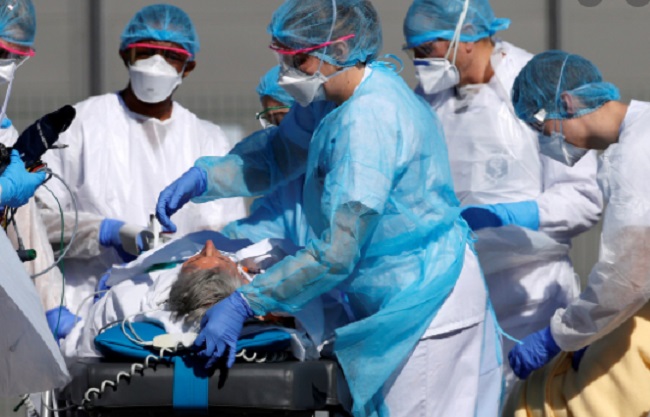
3. Among patients who have been admitted to the hospital with COVID-19, the IDSA guideline panel recommends the combination of lopinavir/ritonavir only in the context of a clinical trial. (Knowledge gap)
4. Among patients who have been admitted to the hospital with COVID-19 pneumonia, the IDSA guideline panel suggests not using corticosteroids. (Knowledge gap)
5. Among patients who have been admitted to the hospital with acute respiratory distress syndrome associated with COVID-19, the IDSA guideline panel recommends the use of corticosteroids in the context of a clinical trial. (Knowledge gap)
6. Among patients who have been admitted to the hospital with COVID-19, the IDSA guideline panel recommends tocilizumab only in the context of a clinical trial. (Knowledge gap)
580: atypical findings in covid 19 ?
Bruising and lesions on the feet could be a sign of coronavirus, doctors in Spain suspect.
Patients with either purple chickenpox or chilblain-like marks on their toes have tested positive for the killer infection. ‘Numerous cases’ have been reported in Spain as well as Italy and France, as the disease continues to rage across Europe.
Typically, the SARS-CoV-2 virus causes a persistent cough and fever. But recently studies have alerted diarrhoea, skin marks, testicular pain and a loss of taste and smell as ‘atypical’ signs.
A large number of people who contract COVID-19 also experience headaches and dizziness, according to a study in China.
581: how to use an ultrasound machine ?
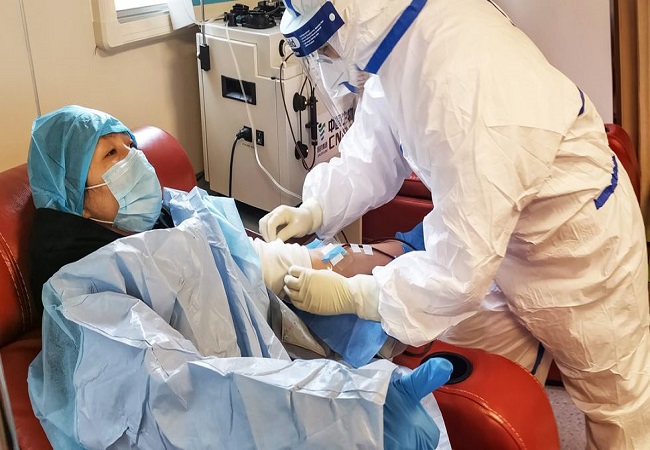
A long sheath cover should be used with the ultrasound unit and cable to minimize contamination of the equipment. Nonessential parts of the ultrasound cart may best be covered with drapes to minimize droplet exposure.
Disposable covers (eg, plastic sheets for surfaces, long ultrasound probe sheath covers) should be considered in order to reduce droplet and contact contamination of equipment and other environmental surfaces.
582: What are the engineering controls ?
Installing high-efficiency air filters
Increasing ventilation rates in the work environment
Installing physical barriers, such as clear plastic sneeze guards
Installing a drive-through window for customer service
Specialized negative-pressure ventilation in some settings, such as for aerosol-generating
procedures (eg, airborne infection isolation rooms in healthcare settings and specialized autopsy suites in mortuary settings)
583: NEJM Remdesivir Article ?
New data published in the New England Journal of Medicine about the investigational antiviral drug remdesivir (Gilead) have been dominating the conversation on Medical Twitter for days. The report suggests the drug may be useful in fighting the novel coronavirus, but experts warn that the results come from compassionate use in a small number of patients, with no control group.
584: Covid 19 and surgery ?
The underlying assumption is that every patient is potentially infected with COVID-19 until proven otherwise [Journal of the American College of Surgeons.]
585: How to do emergency surgeries ?
For emergency procedures (or when SARS-CoV-2 testing is not possible before surgery), personnel should use full PPE, including gown, gloves, eye protection and a fitted N-95 mask.
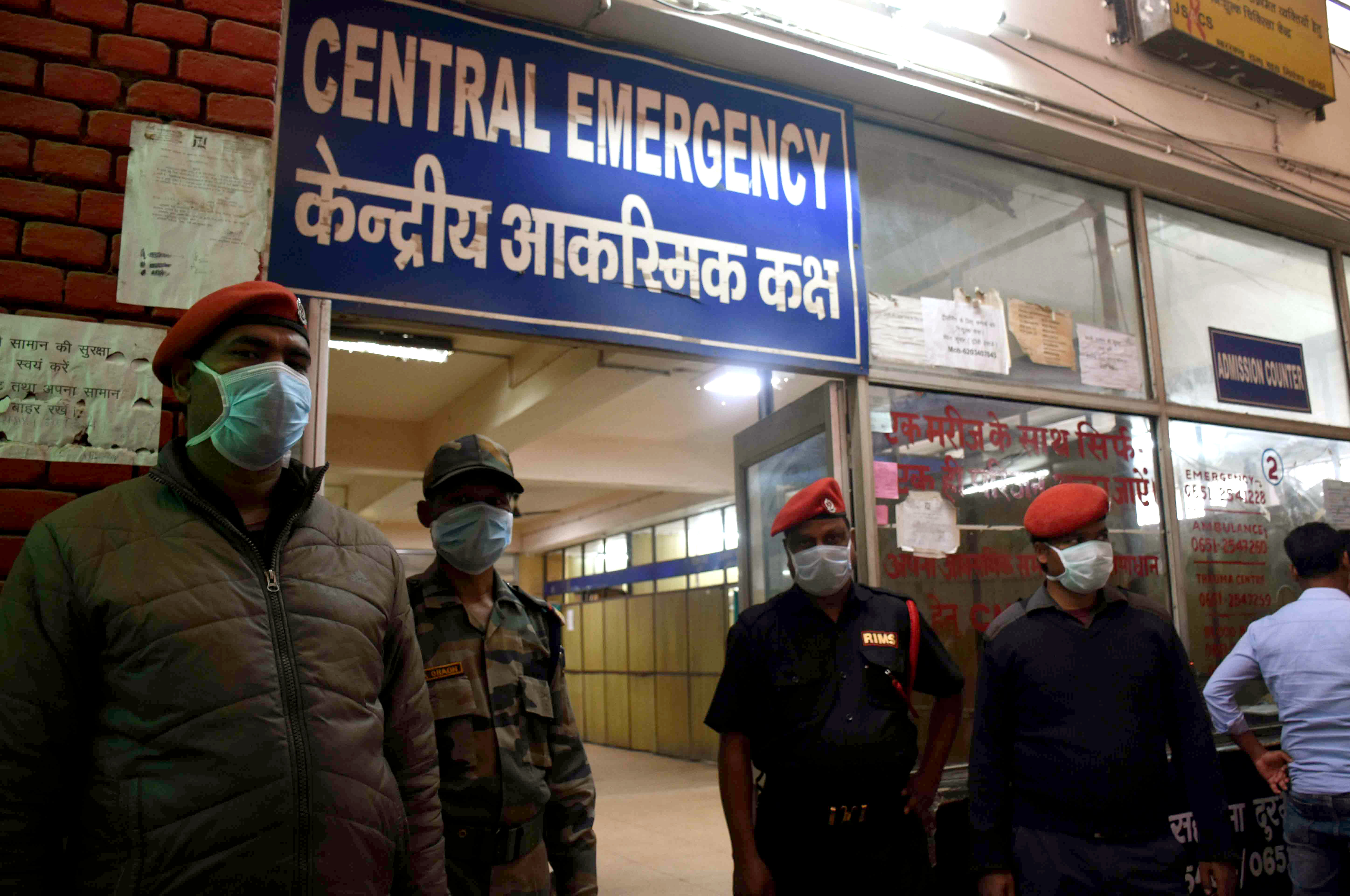
586: What is the surgery cannot be postponed ?
Urgent procedures on symptomatic patients should be delayed if possible. If the procedure cannot be delayed, patients should undergo SARS-CoV-2 testing.
Any urgent procedure where testing is positive should be approved by the anesthesia and surgical chair, and if the procedure is approved, personnel should use full PPE and follow the hospital’s protocol for COVID-19 patients.
Asymptomatic patients scheduled for high-risk procedures who test negative for SARS-CoV-2 and asymptomatic patients scheduled for low-risk procedures can proceed to surgery where OR members use standard surgical attire.
((The writer is President, CMAAO, HCFI and Past national President IMA))




